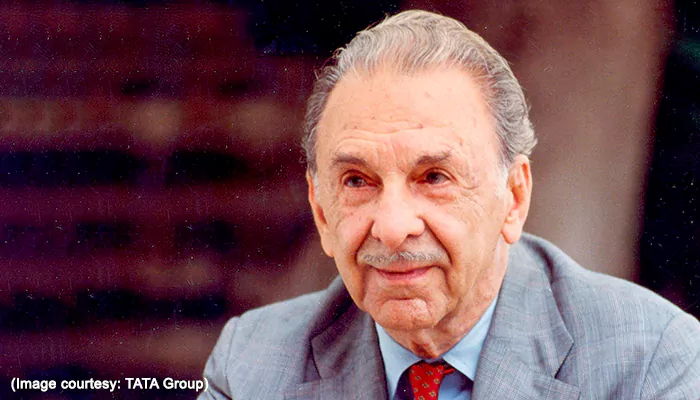
Discover the top business headlines that are trending across the world today!
Sensex and Nifty Begin the Day on a Positive Note; Bharat Petroleum Leads Gainers

As of 9:20 AM, the S&P BSE Sensex surged 369.59 points to 78,842.46, while the NSE Nifty50 climbed 100.05 points to 23,827.70. Dr. V K Vijayakumar, Chief Investment Strategist at Geojit Financial Services, noted that while the RBI’s Q3 FY25 GDP growth projection of 6.8% is optimistic, the downward revision of FY25 growth to 6.4% signals economic concerns. He emphasized the need for fiscal stimulus and a potential rate cut in February to sustain growth momentum.
In early trading, Bharat Petroleum topped the Nifty50 gainers, rising 2.04%, followed by State Bank of India (+1.13%) and SBI Life Insurance (+1.10%). Asian Paints led the laggards, falling 0.62%.
Among sectors, Nifty PSU Bank gained 1.13%, while Nifty Media dropped 0.80%. Market movements ahead will hinge on fiscal and monetary policy announcements post-budget.
India’s EV Funding Dips Amid Policy Shifts and Slower Growth

India's electric vehicle (EV) sector has seen a sharp funding decline, dropping from $934 million in 2022 to $586 million in 2024, according to Venture Intelligence data cited by The Economic Times. This fall is linked to policy transitions and reduced sales growth, pushing investors to prioritise profitability before committing capital. While 2024 recorded 44 deals, consistent with previous years, funding levels reflect cautious investor sentiment.
The newly introduced PM-E Drive scheme, replacing FAME-II in October 2024, gradually reduces subsidies. For electric two-wheelers, incentives now cap at ₹5,000 per kilowatt-hour (kWh) with a ₹10,000 maximum per vehicle, a drop from FAME-II’s ₹15,000 per kWh. Subsidies for electric four-wheelers and hybrids were also removed, significantly impacting manufacturers.
Despite the funding slowdown, the sector saw notable investments like Ather Energy’s $71 million from NIIF. Emerging areas such as battery swapping, with companies like Battery Smart surpassing 55 million swaps, continue to attract fresh capital and drive optimism for achieving India’s 2030 EV penetration goals.
Indian Housing Sales Dip 4% in 2024, But Value Soars 16% on Rising Prices: Anarock Report

Housing sales in India's seven major cities are projected to decline by 4% in 2024, reaching approximately 4.6 lakh units, due to fewer new launches caused by delayed project approvals amid general and assembly elections, according to real estate consultancy Anarock. However, the value of housing sales surged by 16%, amounting to ₹5.68 lakh crore, driven by a 21% increase in average prices due to rising costs of land, labour, and raw materials.
New housing supply dropped by 7% to 4,12,520 units in 2024, down from 4,45,770 units in 2023. Among cities, Delhi-NCR and Pune recorded 6% declines in sales, while Hyderabad saw a 5% drop. Kolkata experienced the steepest fall at 20%. Meanwhile, Mumbai and Bengaluru showed modest growth in sales at 1% and 2%, respectively.
Anarock Chairman Anuj Puri described 2024 as a "mixed bag," with price appreciation offsetting lower sales volumes.
PM Modi to Distribute 5.8 Million Svamitva Property Cards Across 12 States

Four years after its inception, Prime Minister Narendra Modi is set to distribute 5.8 million property cards under the Svamitva scheme, benefitting residents in over 50,000 villages across 12 states. The virtual event, scheduled for December 27, will involve participation from 13 Union ministers at various state-level ceremonies.
Launched in April 2020, the Svamitva scheme aims to digitize rural property records, offering "Records of Rights" to property owners. These cards enable access to bank loans, reduce disputes, and promote better village planning. Notably, the initiative has empowered women with legal land rights and supported community development.
Thus far, 20.19 million property cards have been prepared, with 92% of drone mapping completed in 317,000 villages. While implemented in 31 states and Union territories, adoption remains incomplete in West Bengal, Bihar, Nagaland, and Meghalaya.












